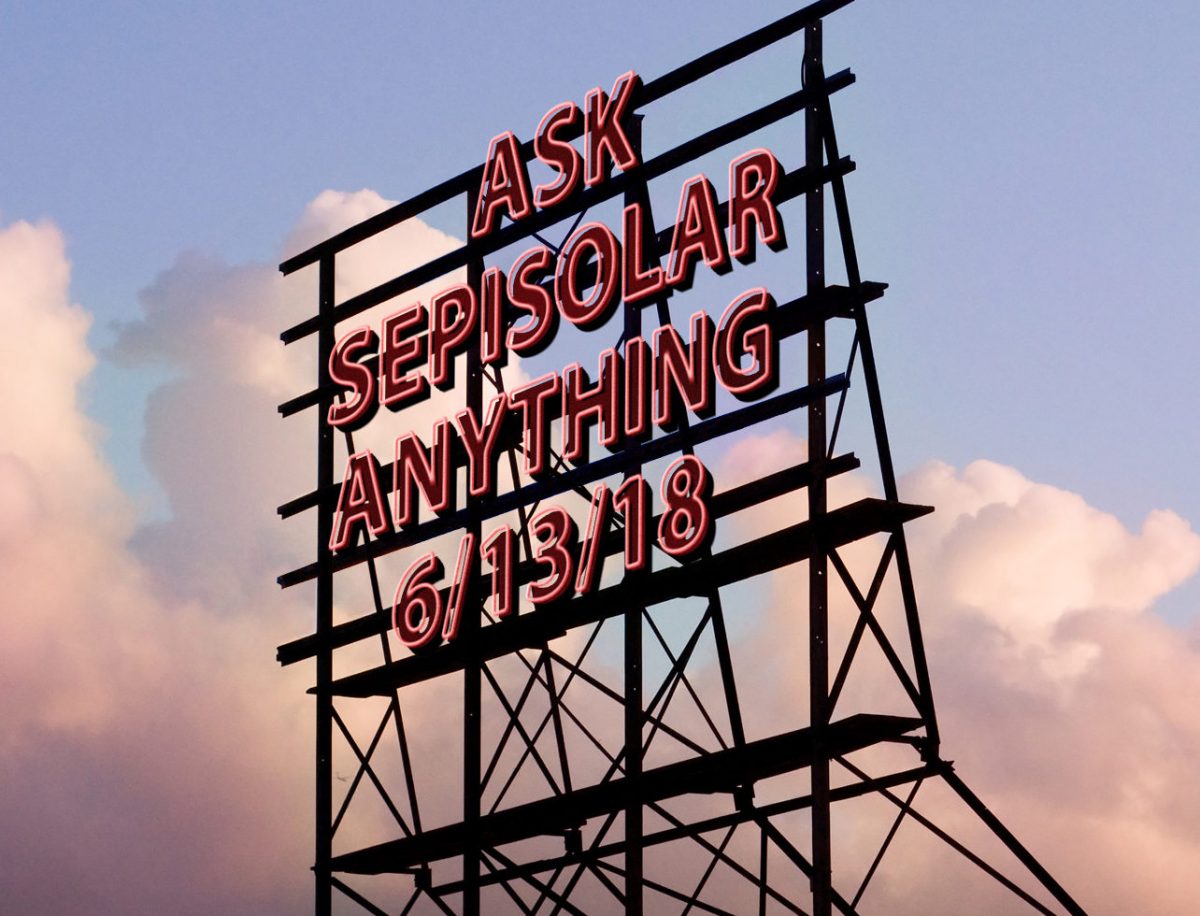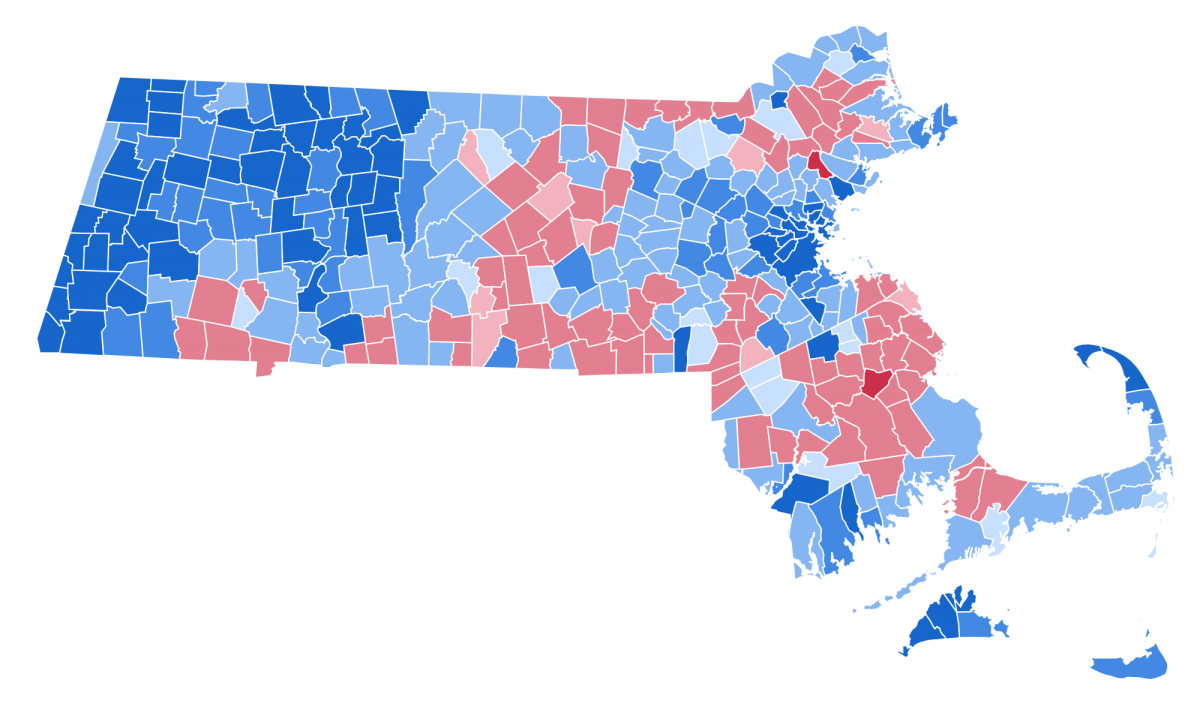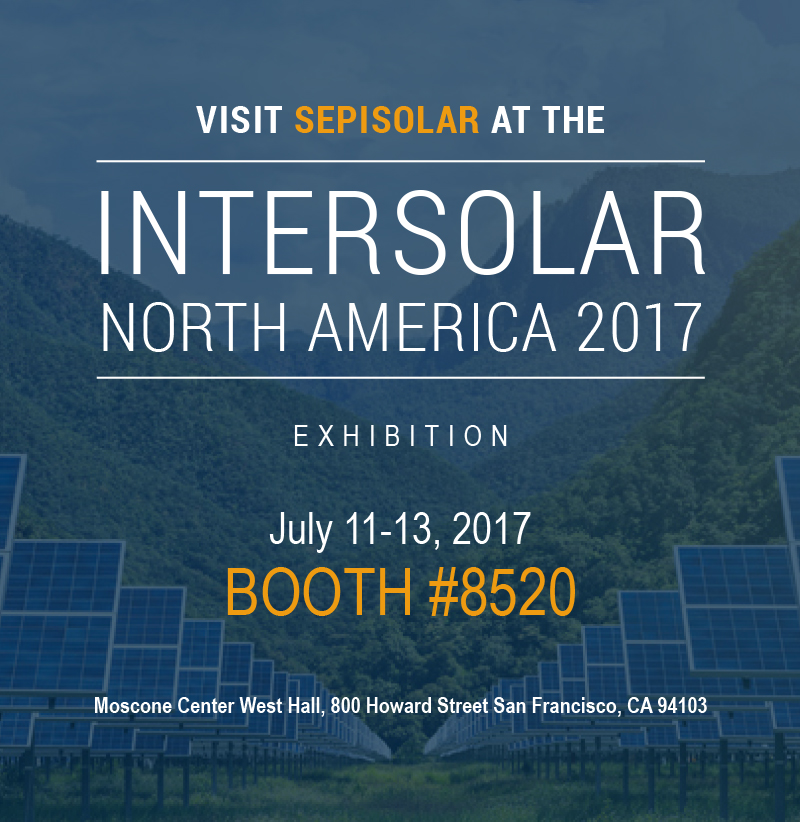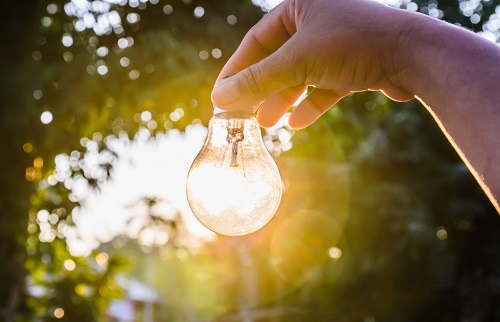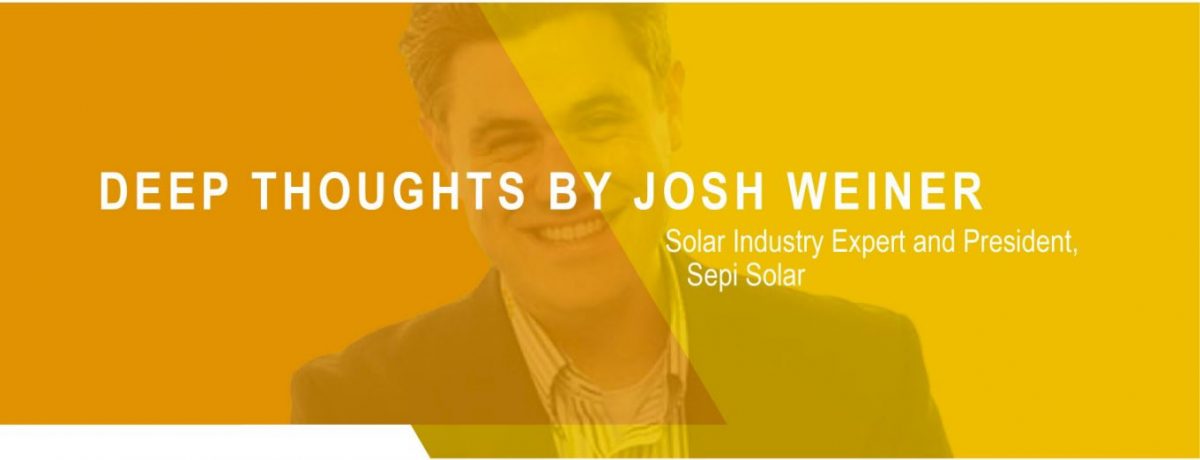This post was written by Josh Weiner, Solar Expert Witness & Solar Engineering Expert. Mr. Weiner has been at the forefront of the solar energy industry for over 20 years and is an industry leader on solar-plus-storage engineering & design. Josh’s expertise spans both in-front of and behind-the-meter initiatives including residential, commercial, utility, grid-scale, and ev charging solar and storage applications.
If you missed our first Ask SepiSolar Anything with SepiSolar’s CEO Josh Weiner answering solar+energy storage questions, you can’t ask any more questions, but you can listen to the whole session here:
Josh tackled some great questions from people tuning in to this live and interactive program:
- What are some of the common KW inverter sizes for C&I solar+storage? (at 11:12)
- When you’re doing solar PV plus storage, what kind of interconnection requirements, like 120 percent rule, do people face? Are you seeing more AC or DC coupling on the system? (at 13:20).
- For commercial solar+storage, who are the customers that would benefit the most from solar+storage, and who are the customers that aren’t yet ready? (at 20:40)
- What type of energy storage is available and viable for the Florida residential and commercial market? Which brands? Also, does storage benefit from the 30% ITC credit if installed in conjunction with solar? (at 26:00)
- For O&M requirements for lithium-ion batteries for C&I solar+storage applications, is there maintenance required on a yearly basis? Or is it bi-yearly? What kind of components need to be serviced? What kind need to be replaced? (at 30:15)
- Is there an unbiased accurate chart from an independent testing lab of expected life cycles of all that all the battery brands? (Short answer, yes, but there’s only one that’s public.) (at 38:02)
- How does energy solar PV and energy storage work with virtual net metering and aggregate net metering? (at 43:22)
- What is the unit based cost for battery O&M? (at 47:10)
Join us for our next Ask SepiSolar Anything
If you have more questions about solar+storage, or energy storage or anything related to solar, join us for our July edition of Ask SepiSolar Anything. You can be in the audience and ask your questions live at Intersolar North America or tune in virtually.
Topic: Ask SepiSolar Anything about energy storage technologies. Josh will be answering questions with our special guest, Matt Harper, Chief Product Officer of Avalon Battery.
When: Thursday, July 12, at 1pm Pacific.
Where: Sign up to get a link to watch via the web or join us live at Intersolar. Get all the info and a reminder here!
 P.S. If you’re on Twitter and want to meet other solar people behind the solar brands on Twitter, RSVP for the 8th Annual Intersolar Tweetup, which @SepiSolar is sponsoring. Space is limited.
P.S. If you’re on Twitter and want to meet other solar people behind the solar brands on Twitter, RSVP for the 8th Annual Intersolar Tweetup, which @SepiSolar is sponsoring. Space is limited.
